The trolls have gone retro.
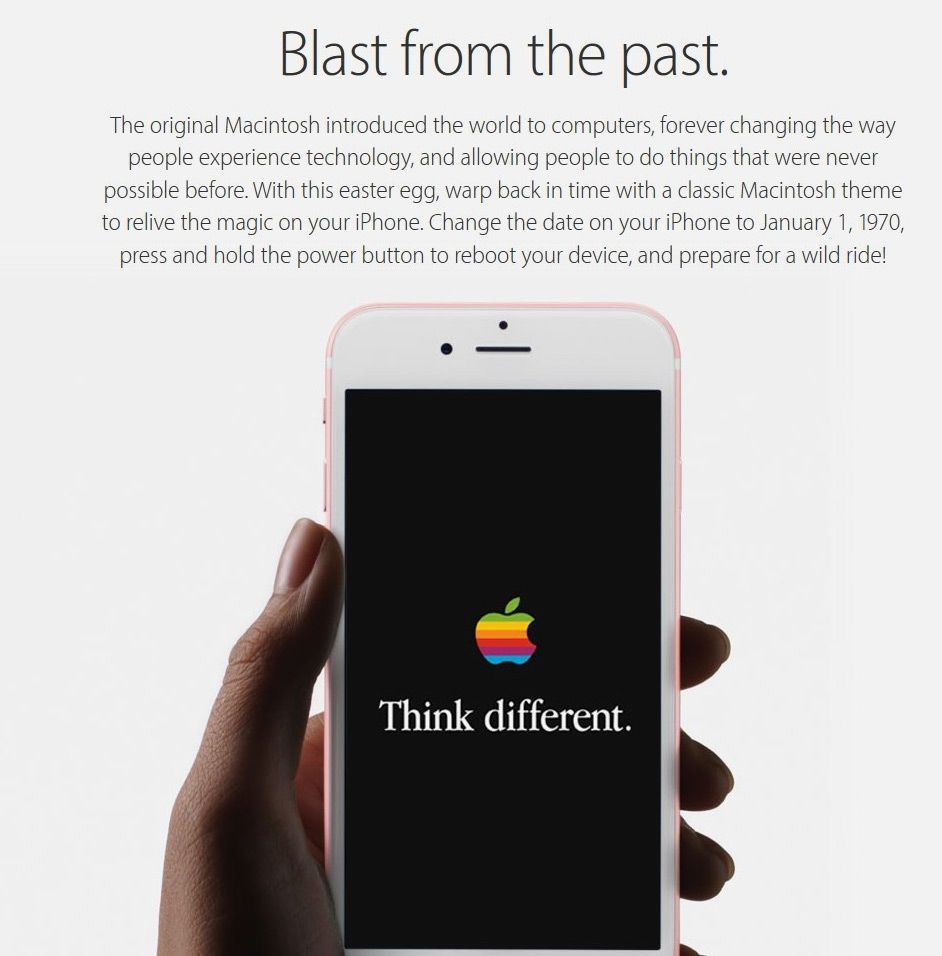

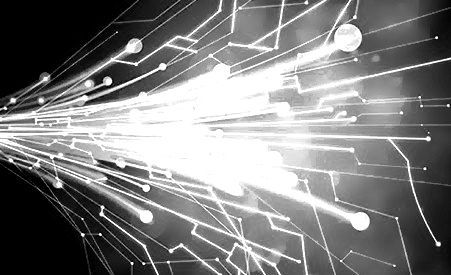
Whether in the brain or in code, neural networks are shaping up to be one of the most critical areas of research in both neuroscience and computer science. An increasing amount of attention, funding, and development has been pushed toward technologies that mimic the brain in both hardware and software to create more efficient, high performance systems capable of advanced, fast learning.
One aspect of all the efforts toward more scalable, efficient, and practical neural networks and deep learning frameworks we have been tracking here at The Next Platform is how such systems might be implemented in research and enterprise over the next ten years. One of the missing elements, at least based on the conversations that make their way into various pieces here, for such eventual end users is reducing the complexity of the training process for neural networks to make them more practically useful–and without all of the computational overhead and specialized systems training requires now. Crucial then, is a whittling down of how neural networks are trained and implemented. And not surprisingly, the key answers lie in the brain, and specifically, functions in the brain and how it “trains” its own network that are still not completely understood, even by top neuroscientists.
In many senses, neural networks, cognitive hardware and software, and advances in new chip architectures are shaping up to be the next important platform. But there are still some fundamental gaps in knowledge about our own brains versus what has been developed in software to mimic them that are holding research at bay. Accordingly, the Intelligence Advanced Research Projects Activity (IARPA) in the U.S. is getting behind an effort spearheaded by Tai Sing Lee, a computer science professor at Carnegie Mellon University’s Center for the Neural Basis of Cognition, and researchers at Johns Hopkins University, among others, to make new connections between the brain’s neural function and how those same processes might map to neural networks and other computational frameworks. The project called the Machine Intelligence from Cortical Networks (MICRONS).
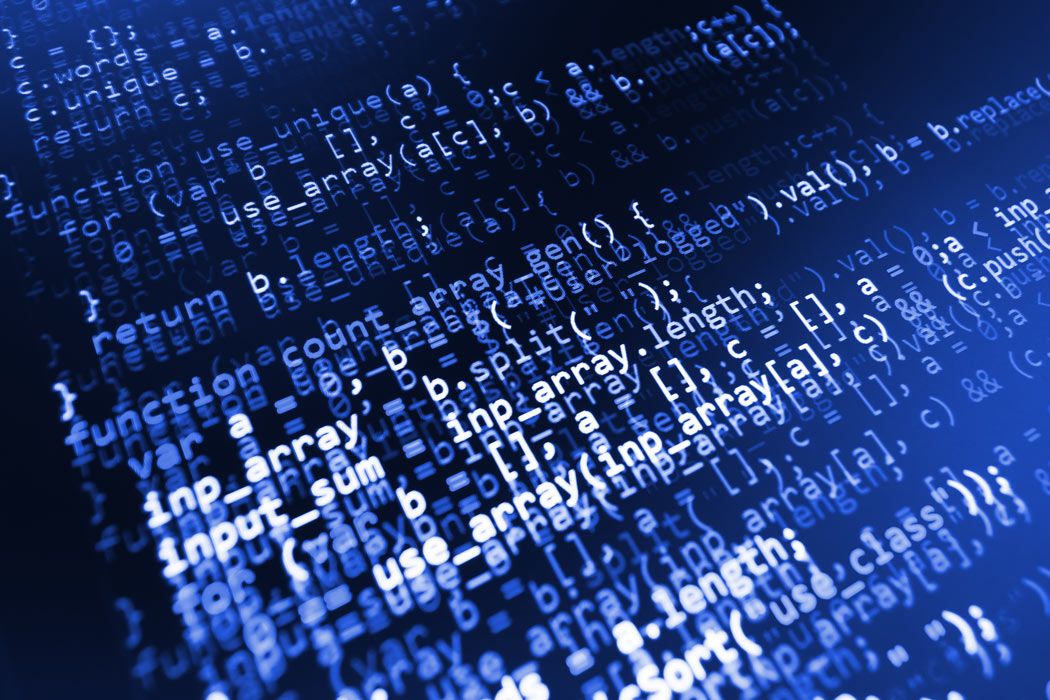
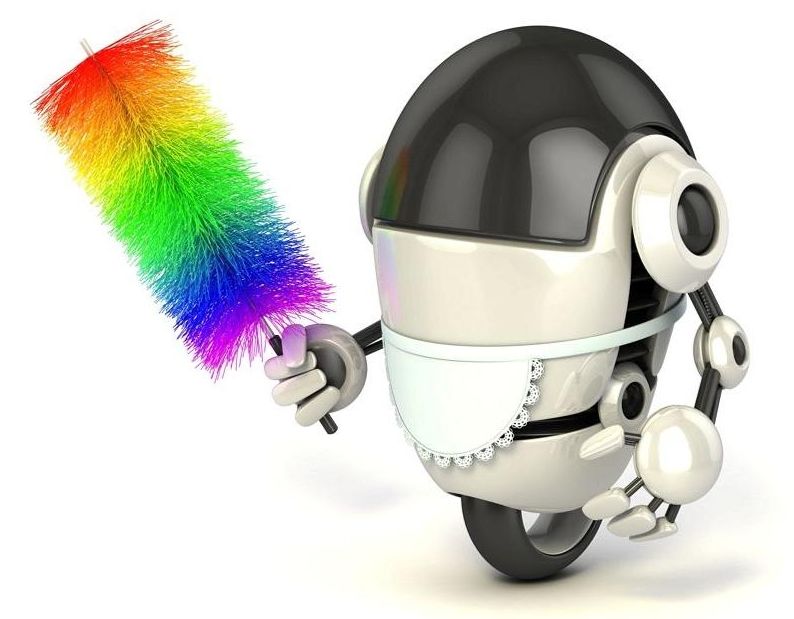
“No offense; but your robots are ugly”
Robots today (especially for home and care giver usage) will need to improve drastically. We’re still designing robots like the are a CPU for homes which frankly freaks some kids out, scares some of the elderly population that it’s too fragile to operate, and my own cat will not come near one. If robotics for home use is ever going to be adopted by the large mass of the population they will need to look less like they are a robot part of a manufacturers’s assembly line, will need a softer/ low noise sound with volume controls for those with hard of hearing, will need modifications for the deaf and blind, will all need to be a multi purpose robot that can do 2 or more types of work inside the home vacumn/ dust/ cook/ wash dishes/ wash clothes, etc., not complicated to set up and operate, reliable (not needing repairs all the time & not over heat), less bulky, better sensors to determine stairs and can climb stairs, etc.
From mowing the lawn to cooking dinner, experts say automatons are set to take over some of our most tedious tasks.

I hate to break the news to the UN’s CITO — has she ever heard of “Quantum Technology?” After AI flood into the scene; the next innovation that I and others are working on is Quantum Computing which will make AI, Internet, Cyber Security, devices, platforms, medical technology more advance with incredible performance.
The United Nations Chief Information Technology Officer spoke with TechRepublic about the future of cybersecurity, social media, and how to fix the internet and build global technology for social good.
Artificial intelligence, said United Nations chief information technology officer Atefeh Riazi, might be the last innovation humans create.

Using gaming chips to read people’s images, etc. definitely makes sense especially as we move more and more in the AI connected experience.
Facebook, Google and Microsoft are tapping the power of a vintage computer gaming chip to raise your smartphone’s IQ with artificially intelligent programs that recognize faces and voices, translate conversations on the fly and make searches faster and more accurate.
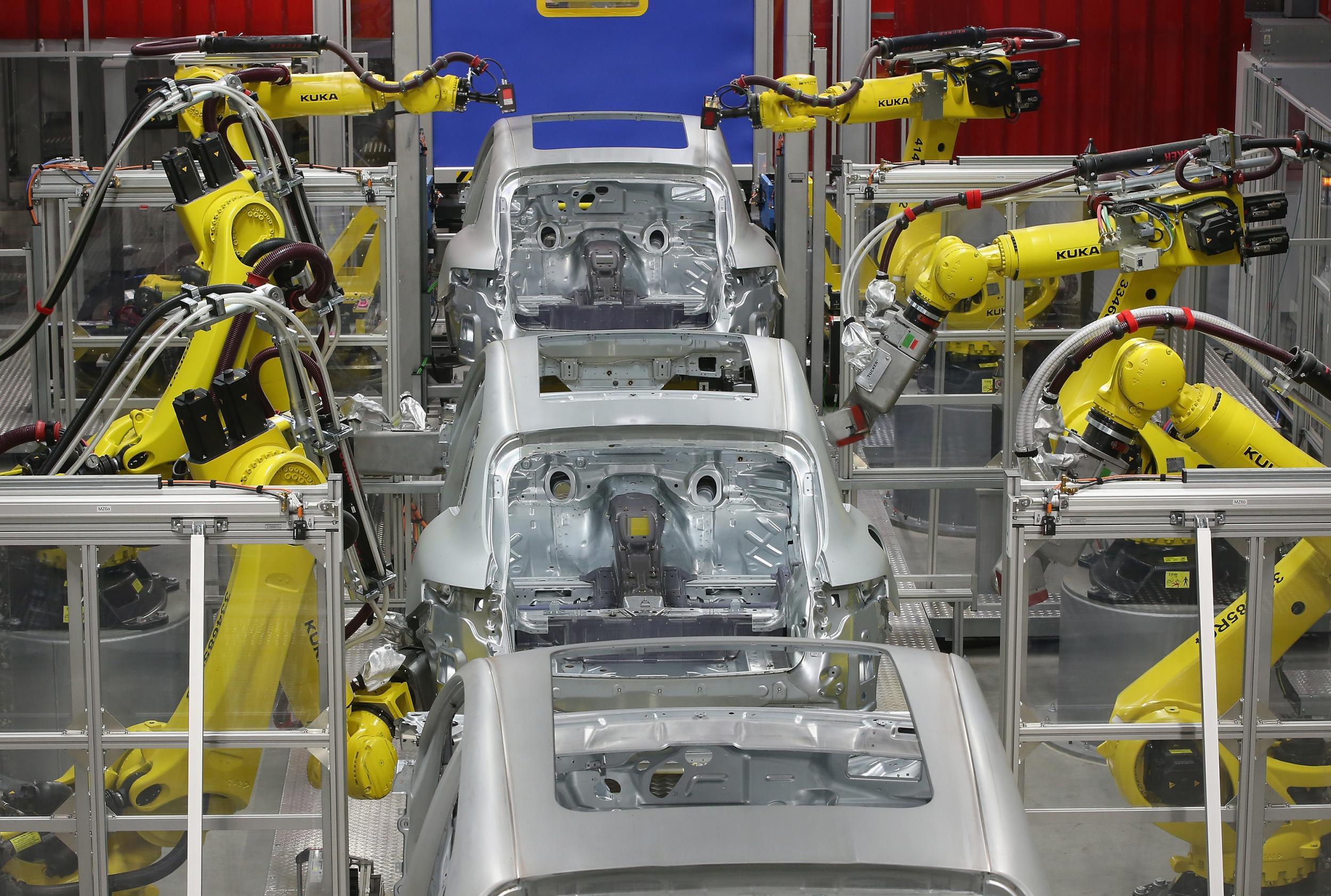
I do believe that there will be some level of expansion of social services to help employees to be retrained for the new positions that are coming as well as assist lower skill workers to be retrained. However, the larger question is who should pay. Some people are saying tech should assist governments in retooling since the AI technology created the situation; others say it’s a governments issue only, etc. It will be interesting to say the least how the retraining program and other services are covered.
A leading artificial intelligence (AI) expert believes that societies may have to consider issuing a basic income to all citizens, in order to combat the threat to jobs posed by increased automation in the workplace.
Dr Moshe Vardi, a computer science professor at Rice University in Texas, believes that a basic income may be needed in the future as advances in automation and AI put human workers out of jobs.
In an interview with The Huffington Post, Dr Vardi said: “Our current economic system requires people to either have wealth or to work to make a living, with the assumption that the economy creates jobs for all those who need them.”
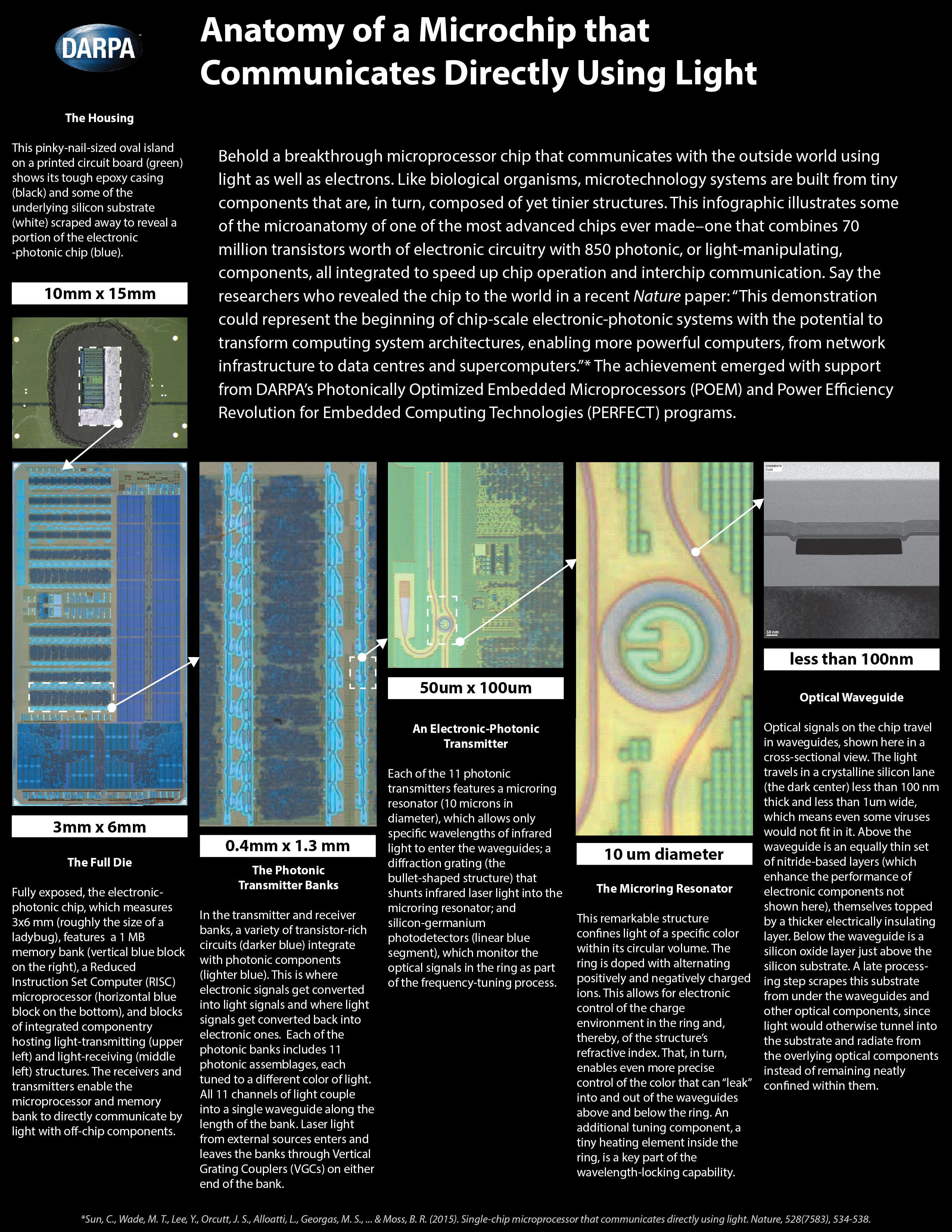
Integrated circuits traditionally have been a domain reserved for electrons, which course through exquisitely tiny transistors, wires and other microscopic structures where the digital calculations and data processing that underlie so much of modern technology unfold. Increasingly, however, chip designers have been acting on a long-ripening vision of enlisting photons instead of, or in tandem with, electrons in the operation of microprocessors. Photons, for one, can serve as fast-as-light carriers of information between chips, overcoming digital traffic jams that at times put the brakes on electrons. Recently, DARPA-funded scientists designed and crafted a breakthrough microprocessor that combines many of the best traits of electrons and photons on a single chip. The result is a remarkable and elegant hybrid microtechnology that boggles the mind for the intricate complexity of its sub-Lilliputian architecture. To appreciate the engineering acumen involved in the development of this chip and its tens of millions of resident electronic and photonic components, DARPA has produced an annotated, graphical tour of the new chip’s innards. Check it out, and lose yourself in a world of highways, toll gates and traffic circles populated by some of the physical world’s smallest commuters.
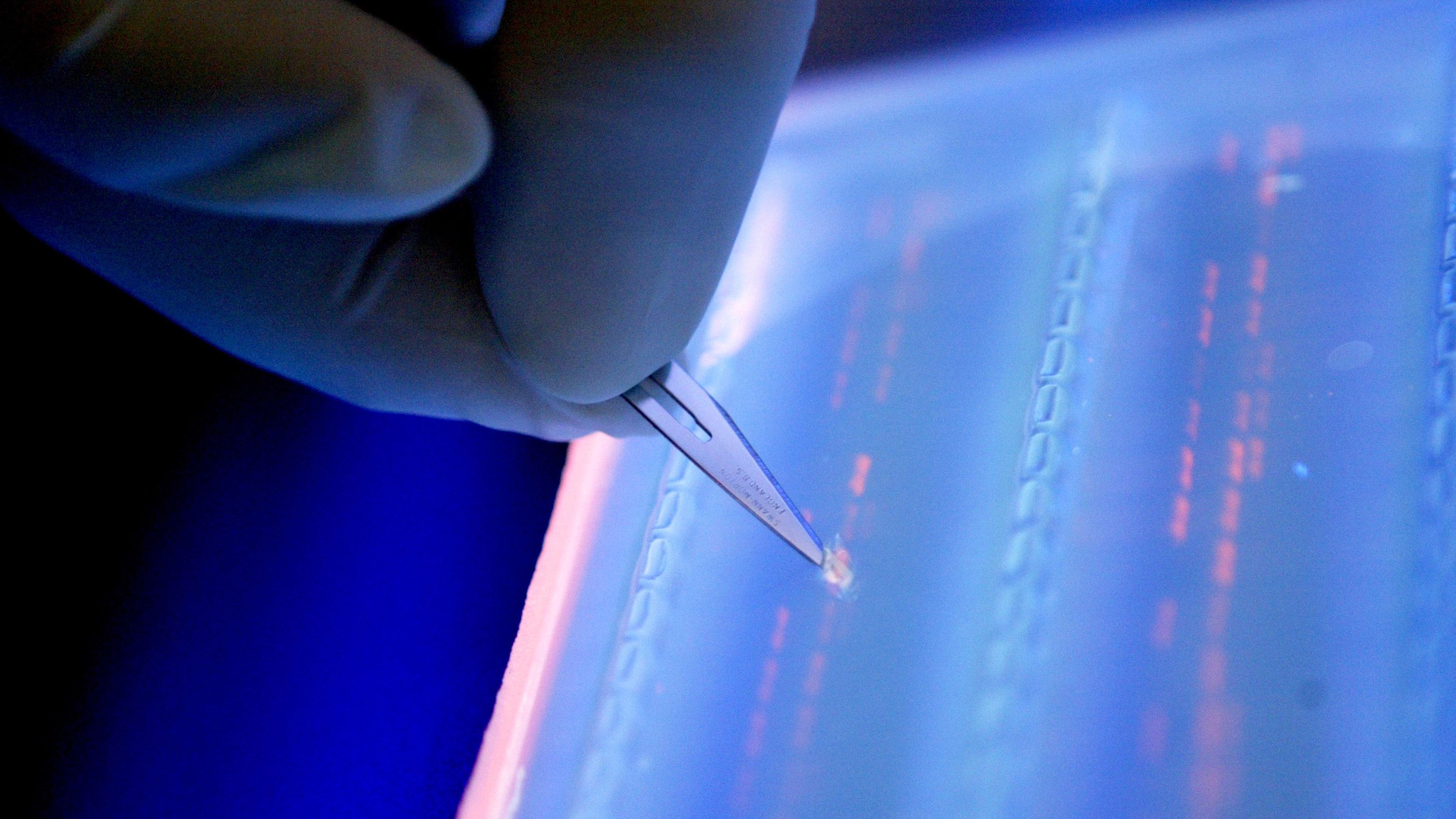
Even though it’s looking increasingly likely that humanity will find a way to wipe itself off the face of the Earth, there’s a chance that our creative output may live on. Servers, hard drives, flash drives, and disks will degrade (as will our libraries of paper books, of course), but a group of researchers at the Swiss Federal Institute of Technology have found a way to encode data onto DNA—the very same stuff that all living beings’ genetic information is stored on—that could survive for millennia.
One gram of DNA can potentially hold up to 455 exabytes of data, according to the New Scientist. For reference: There are one billion gigabytes in an exabyte, and 1,000 exabytes in a zettabyte. The cloud computing company EMC estimated that there were 1.8 zettabytes of data in the world in 2011, which means we would need only about 4 grams (about a teaspoon) of DNA to hold everything from Plato through the complete works of Shakespeare to Beyonce’s latest album (not to mention every brunch photo ever posted on Instagram).
There are four types of molecules that make up DNA, which form pairs. To encode information on DNA, scientists program the pairs into 1s and os—the same binary language that encodes digital data. This is not a new concept—scientists at Harvard University encoded a book onto DNA in 2012—but up to now, it had been difficult to retrieve the information stored on the DNA.

At Vanderbilt University scientists are building an artificial kidney that they envision will one day will be a standard of care over dialysis. The device consists of a silicon nanotechnology filter chip and embedded living kidney cells that would work together to mimic the functionality of a healthy kidney. The end result is expected to be about the size of a natural kidney, small enough to be implantable and powered by the body’s own blood flow.
The filter component has tiny pores that can be individually shaped to perform a specific task. These filters would sit in a series, each one performing a different filtration step. Between the filter slices there would be living kidney cells that perform tasks that the man made components are not very good at, including reabsorption of nutrients and getting rid of accumulated waste.
Here’s video with Vanderbilt University Medical Center’s Dr. William Fissell, the lead scientist on the research: